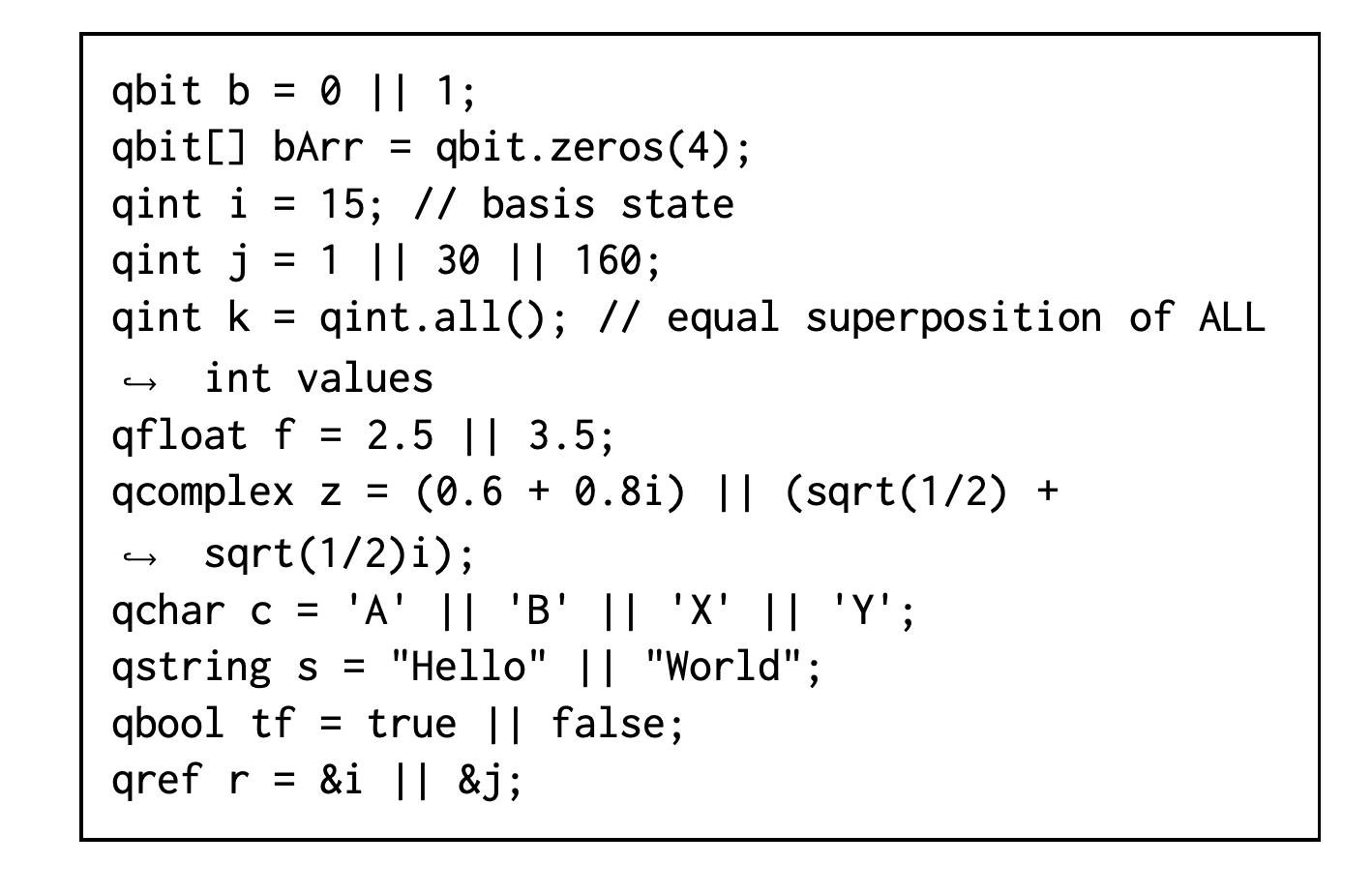Researchers from Switzerland discuss the challenges in quantum computing adoption due to the lack of high-level quantum abstractions for coding and problem-solving. They introduce Rhyme, a developer-friendly quantum programming language that provides intuitive abstractions for quantum software development to address this. Rhyme extends classical data types to quantum data types, allowing programmers to express superposition states and manipulate quantum data. The language supports both classical and quantum computations. The authors believe Rhyme will encourage more developers to join the quantum software engineering community and expedite the development of new quantum applications and algorithms.
Quantum Computing and the Need for Higher-Level Abstractions
Quantum computing is a rapidly growing field with significant potential applications. However, the adoption of quantum computing is hindered by the lack of high-level quantum abstractions to code and reason about problems. This is because learning how to code quantum programs involves understanding how qubits work and learning to use quantum gates, which is analogous to creating classical algorithms using logic gates and bits. Even after learning all these concepts, it is difficult to create new algorithms, which hinders the acceptance of quantum programming by most developers.
Rhyme: A Developer-Friendly Quantum Programming Language
To address this issue, the researchers propose Rhyme, a high-level quantum programming language that makes quantum programming accessible to software engineers by providing abstractions to develop quantum software intuitively. The new quantum types in Rhyme are extensions of classical types, including bits, integers, floats, characters, arrays, and strings. The language is designed to encourage developers to join the quantum software engineering community and lead to new quantum applications and algorithms faster than using gate-level languages.
Quantum Data Types in Rhyme
The main intuition in Rhyme is to extend classical data types to quantum data types. The basis states of a quantum data type are the equal to the possible values of the corresponding classical data type. Programmers can express superposition states by mapping probability amplitudes to classical data values and further manipulate such quantum data by remapping the amplitudes. Such amplitudes can be remapped by writing classical functions using familiar high-level classical data types.

Quantum Computation in Rhyme
Quantum types in Rhyme are compatible with two forms of computation: classical computation (arithmetic modifications) and quantum computation. Classical operations on quantum types are defined by their classical counterparts. This section explains how three basic common quantum-related operations are defined: phase shifts, interference, and conditional operations.
Future Work and Conclusion
The article concludes by presenting future work in the field of quantum computing and programming. The authors believe that the introduction of Rhyme and its high-level abstractions will encourage more developers to join the quantum software engineering community, leading to the development of new quantum applications and algorithms. The language is designed to be intuitive and accessible, making it easier for software engineers to understand and use quantum programming.
The article titled “Quantum types: going beyond qubits and quantum gates” was published on January 26, 2024. The authors of this article are Tamás Varga, Yaiza Aragonés-Soria, and Manuel Oriol. The article was published on arXiv, a platform managed by Cornell University. The article explores the concept of quantum types, which goes beyond the traditional understanding of qubits and quantum gates. The DOI reference for this article is https://doi.org/10.48550/arxiv.2401.15073.
Source: arXiv (Cornell University)

